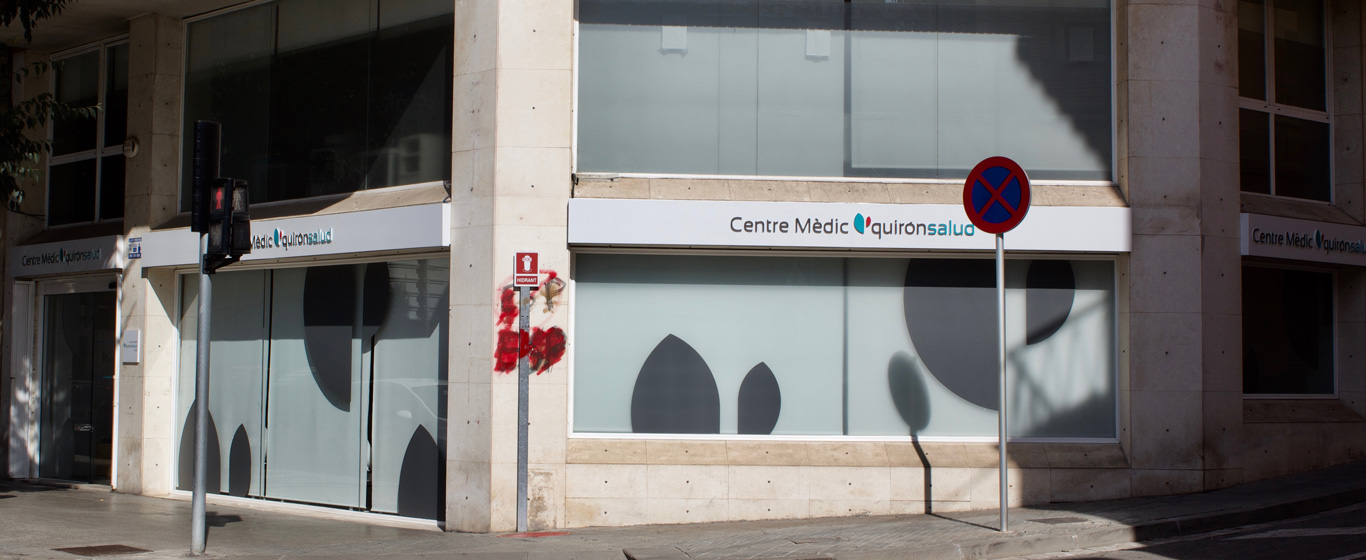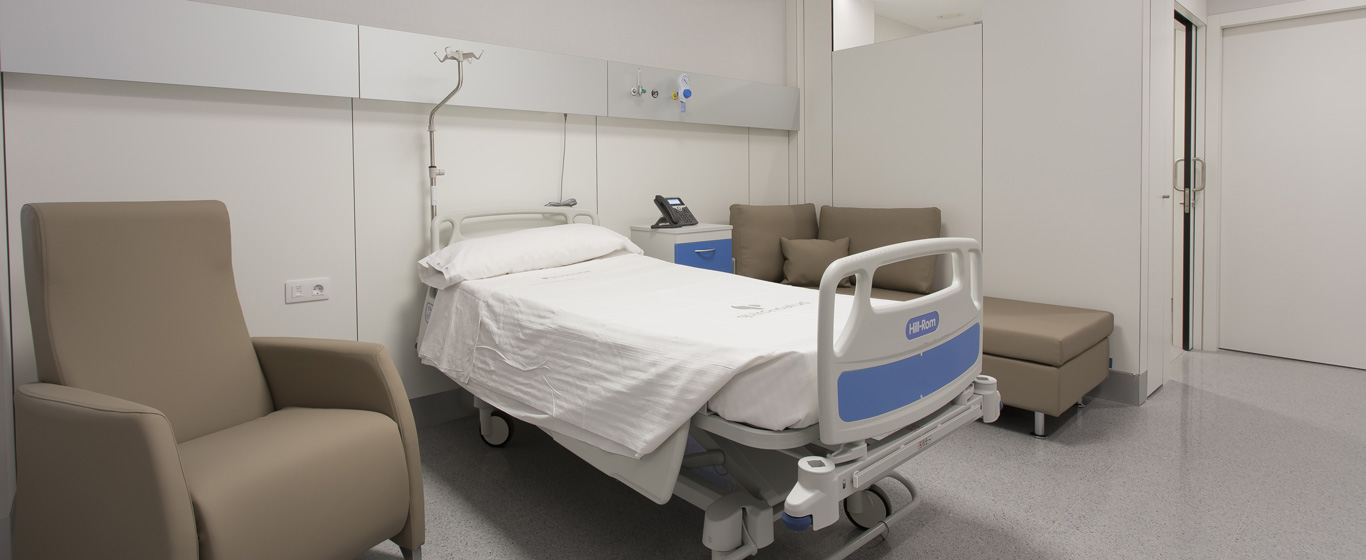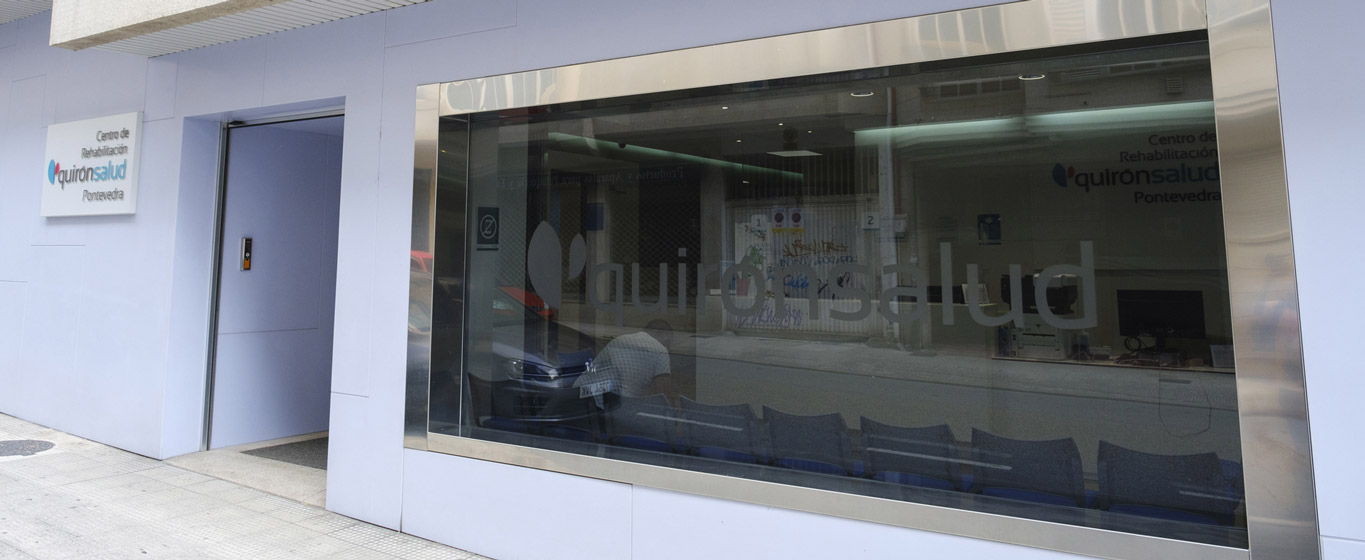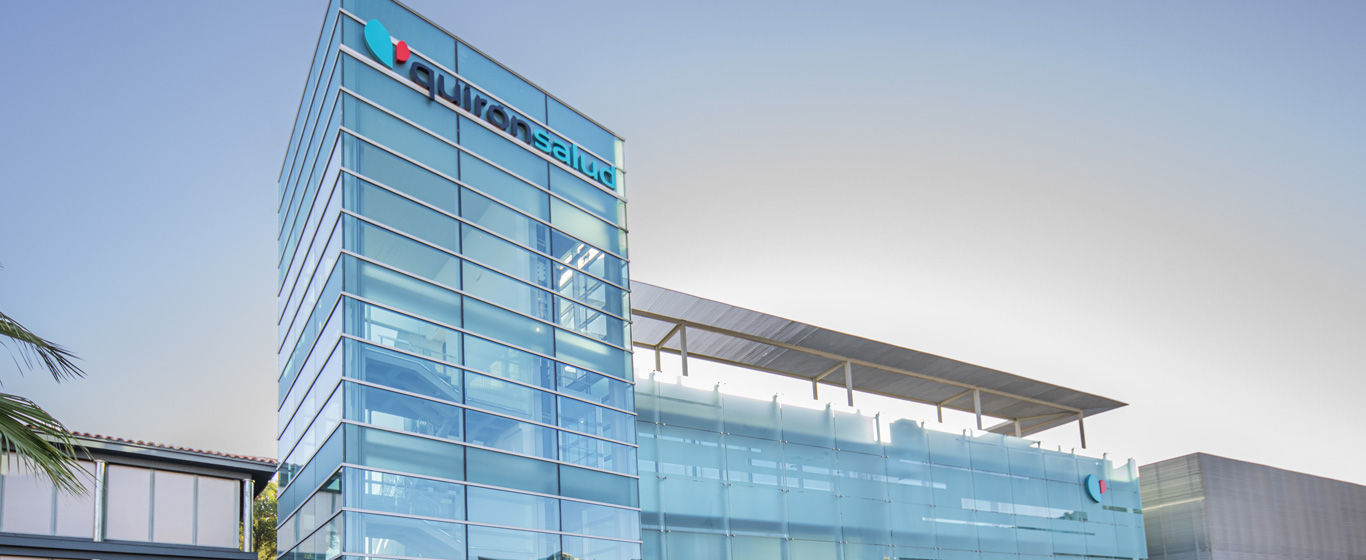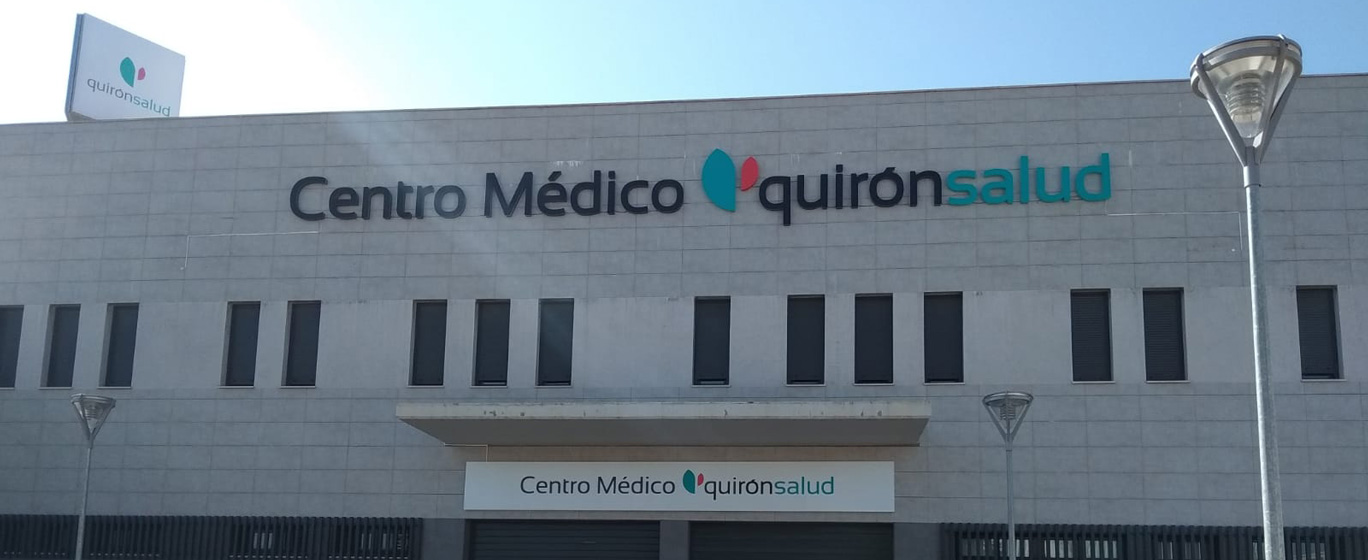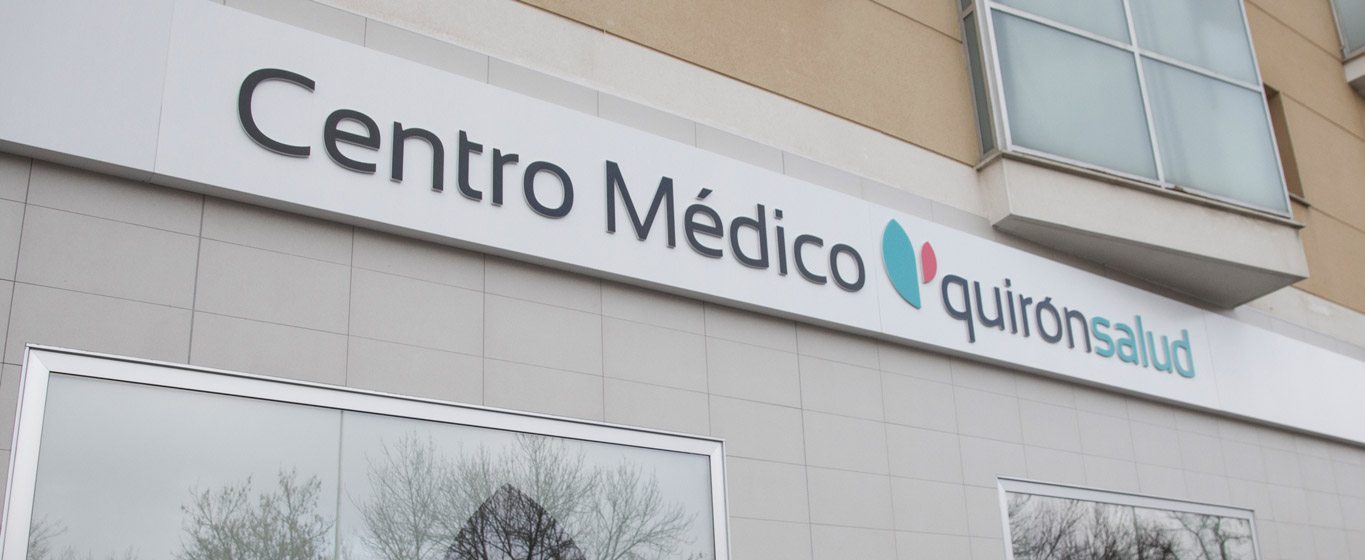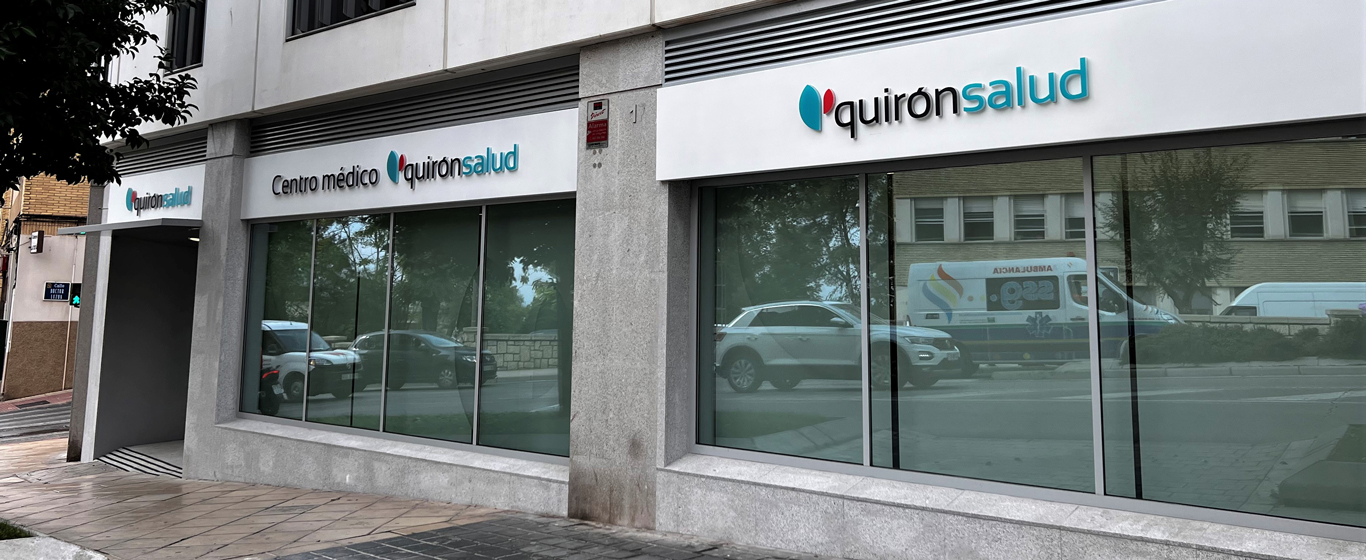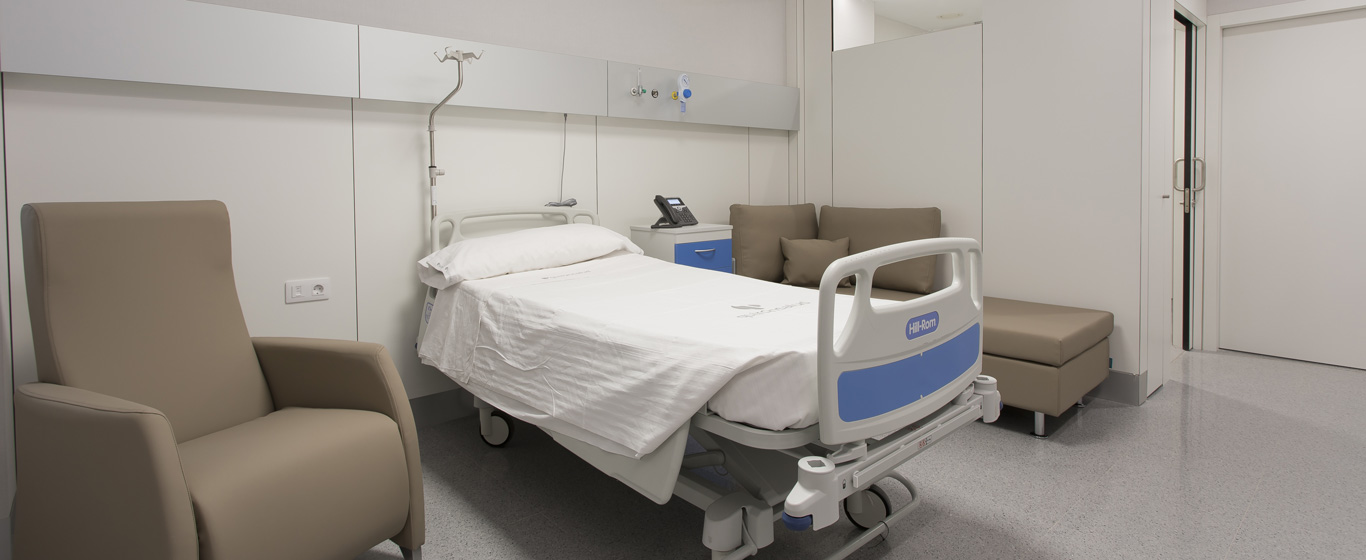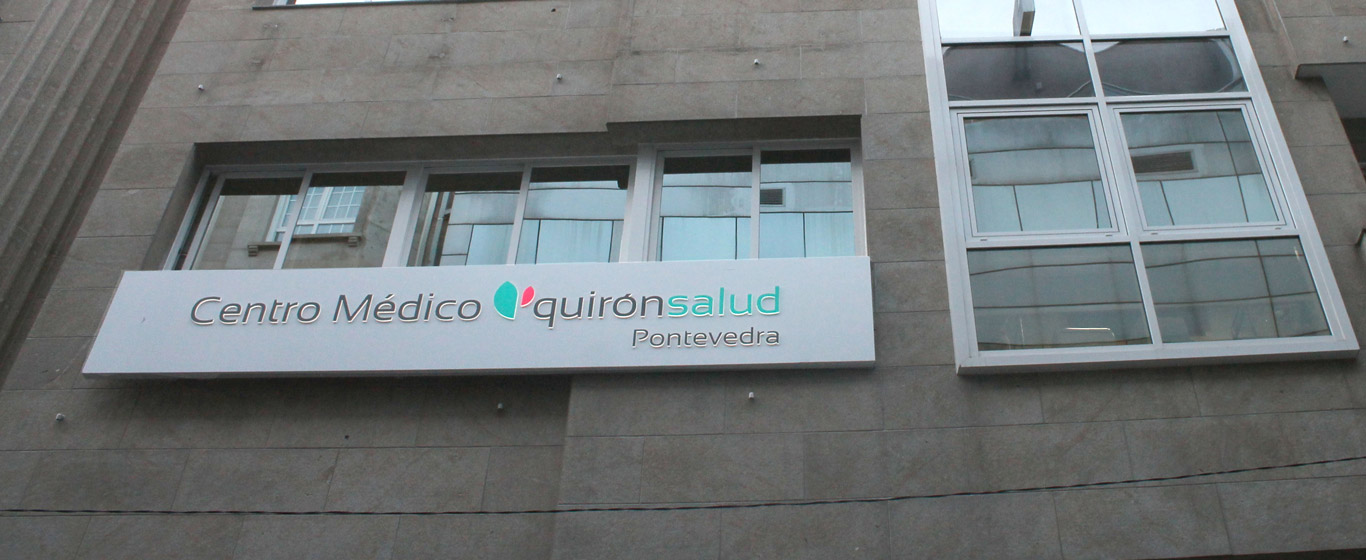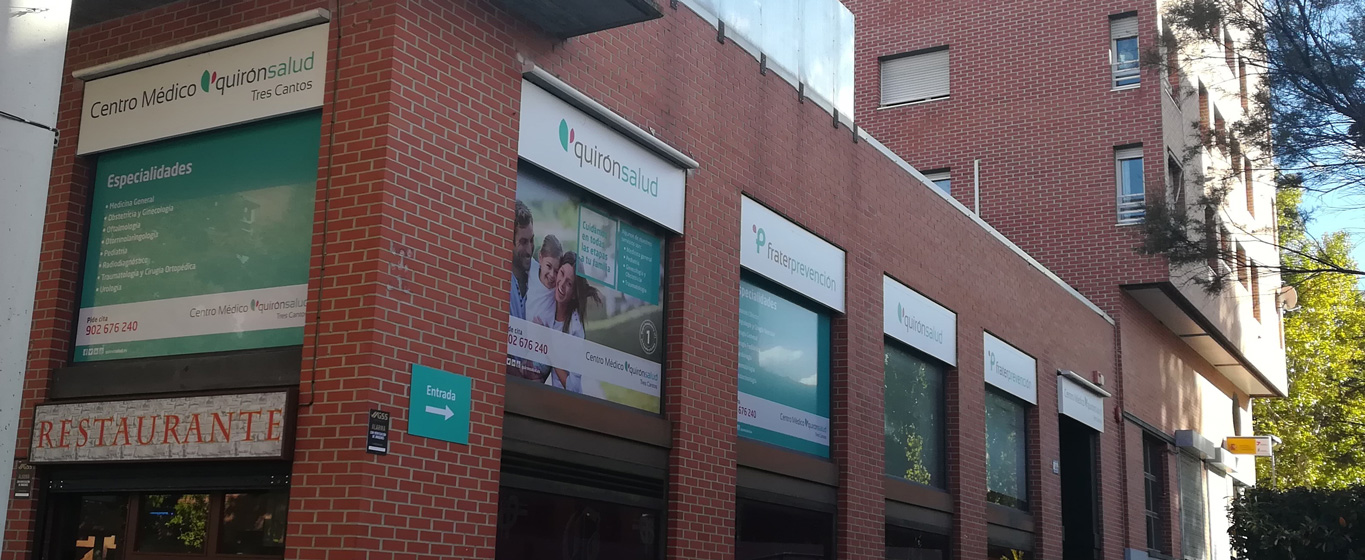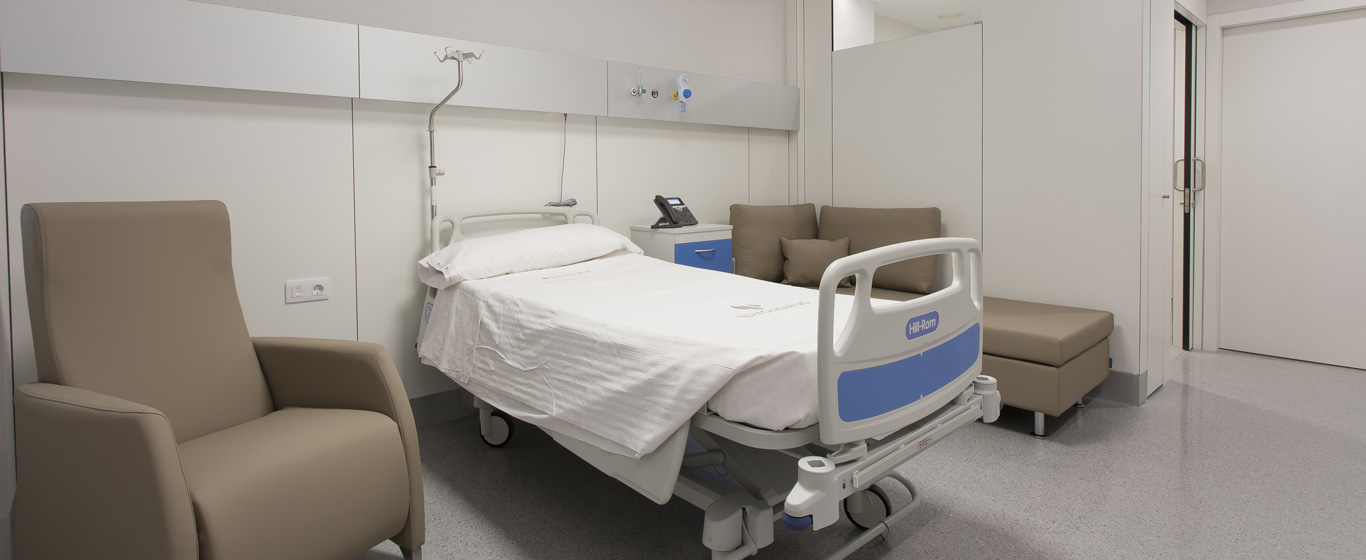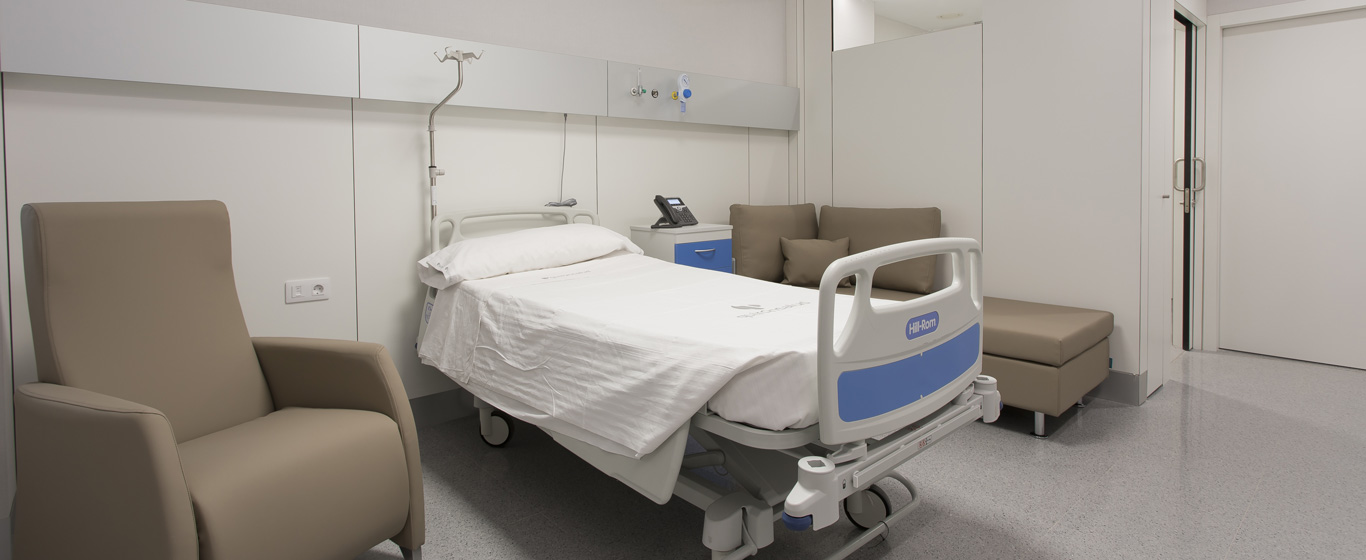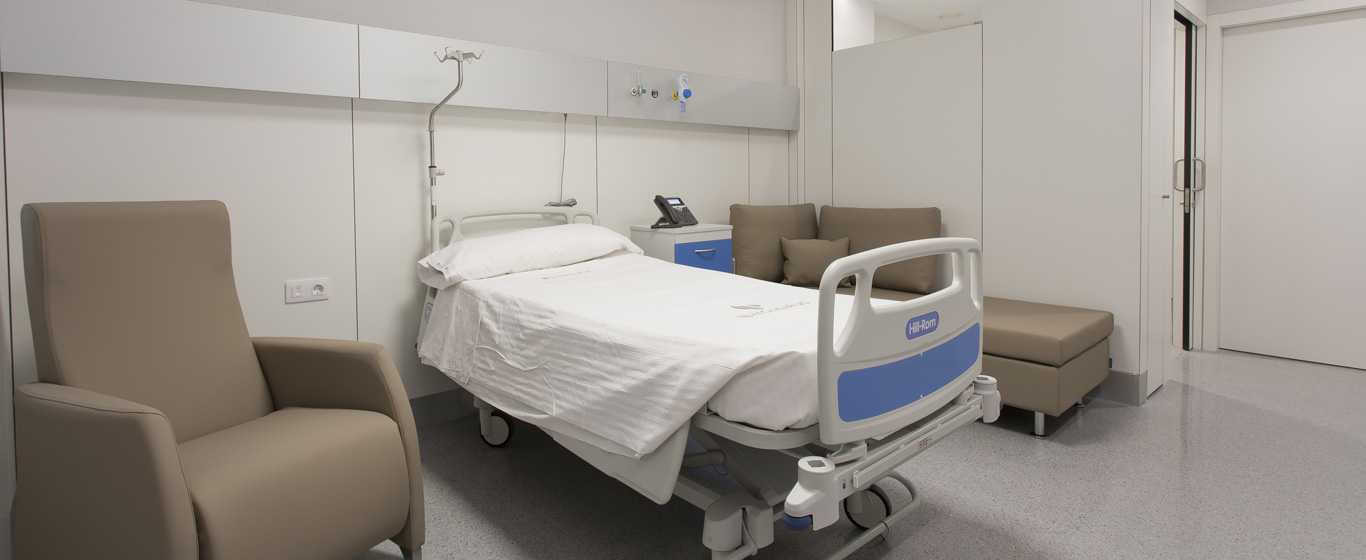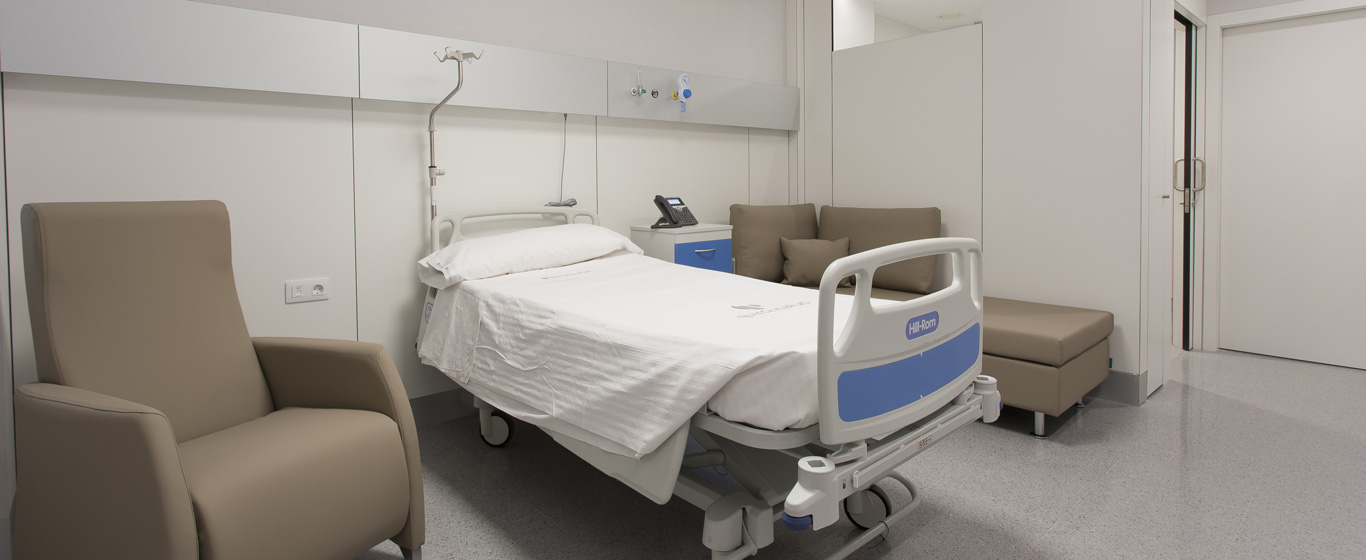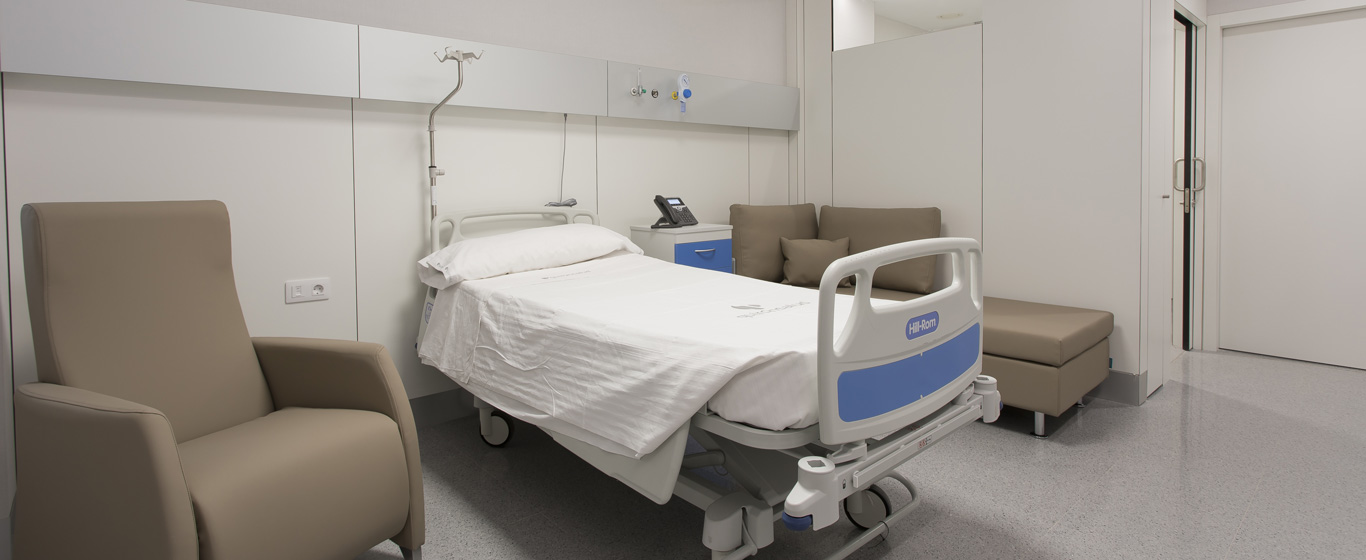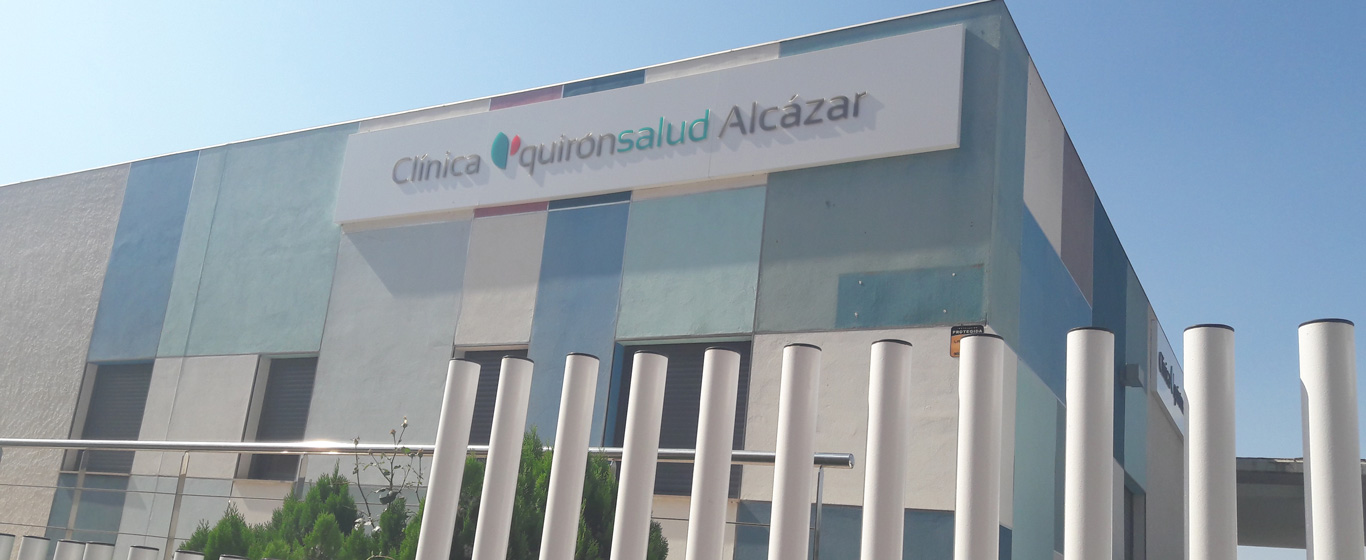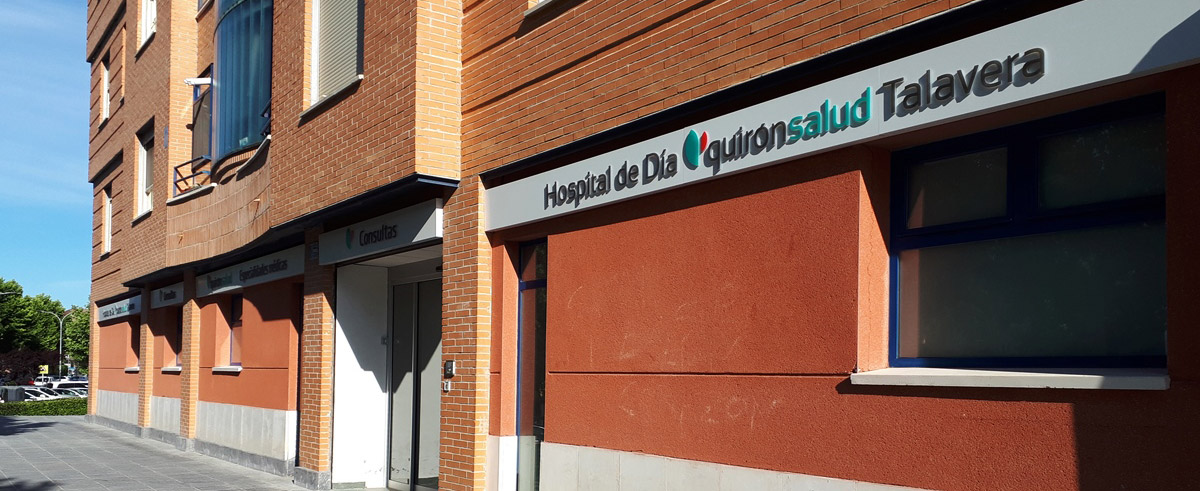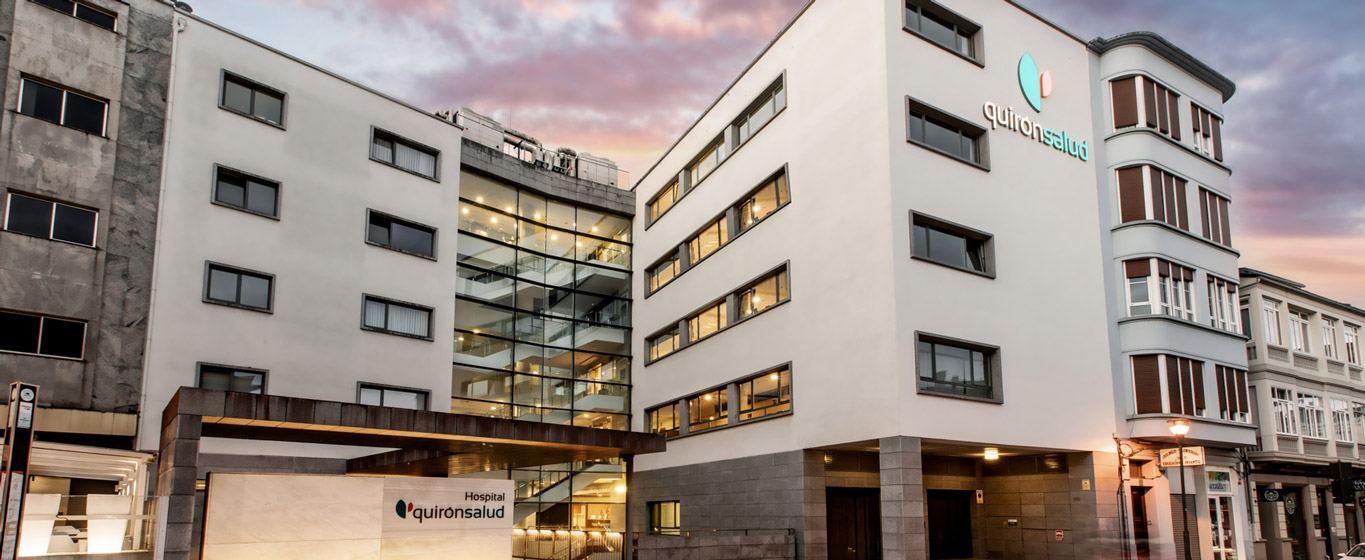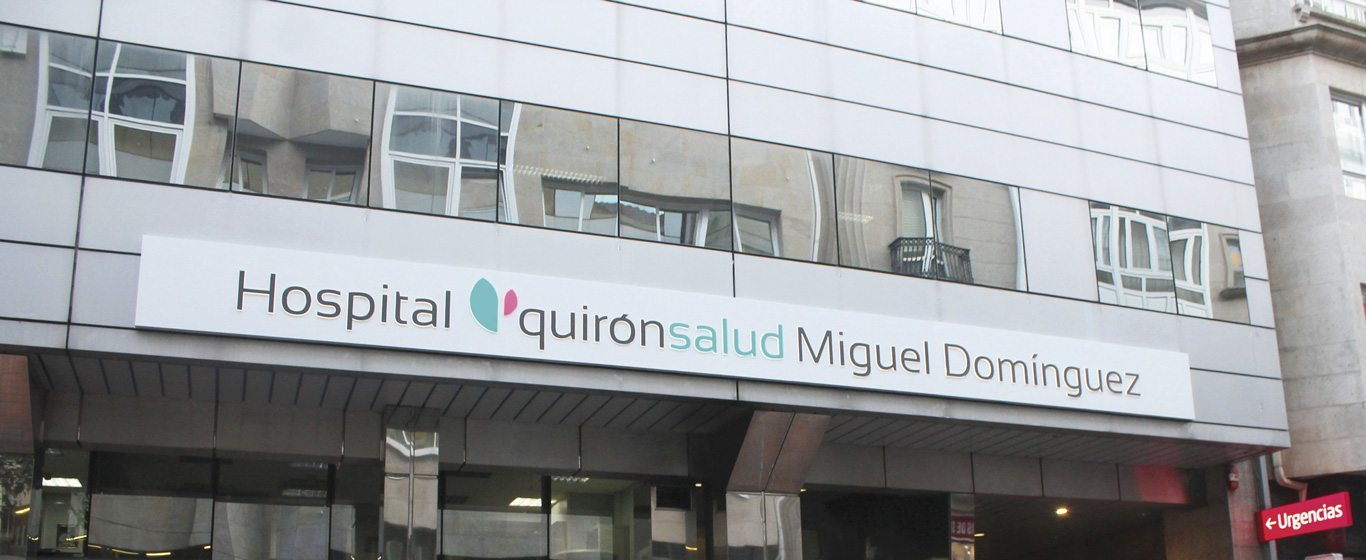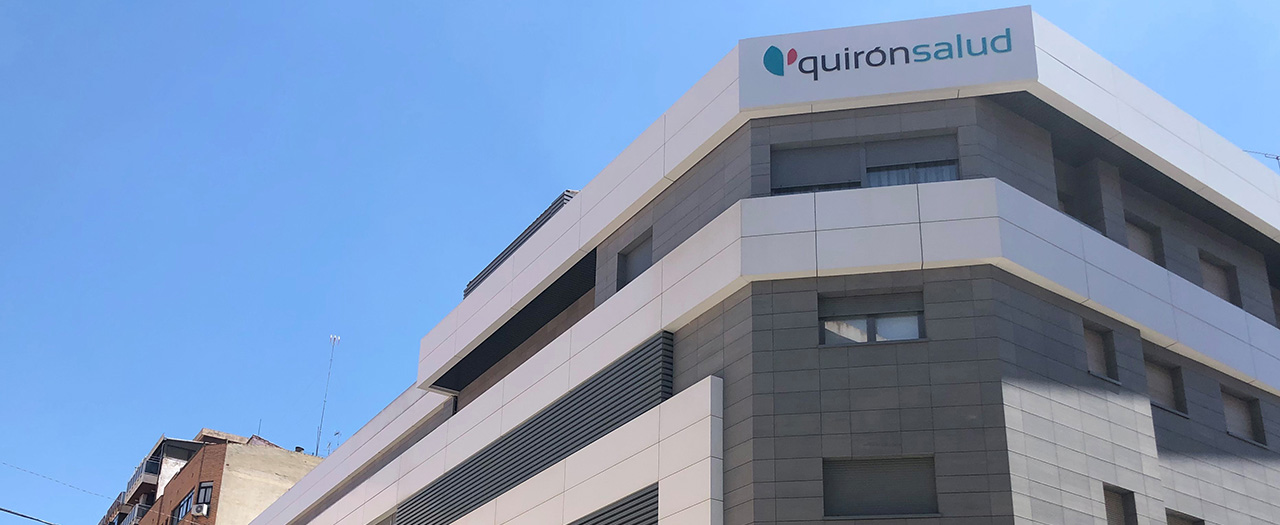Dorsalgia
What to do for back pain? All the information about the causes, symptoms, and treatments of dorsalgia.
Symptoms and Causes
Dorsalgia is the back pain located in the dorsal area of the spine, at the level of the thoracic region. Back pain is a very common condition and one of the leading causes of disability.
Depending on its origin, there are two types of back pain:
- Structural dorsalgia: caused by physical problems in the back.
- Rigid dorsalgia: lack of mobility and flexibility in the back.
- Flexible dorsalgia: back with little curvature and insufficient ligament and muscle support.
- Functional dorsalgia: no structural cause, stemming from function.
- Mechanical dorsalgia: occurs during activity.
- Inflammatory dorsalgia: triggered by inflammatory issues, often presenting during rest.
- Adaptive dorsalgia: appears as compensation for blockages or lack of mobility in other parts of the body.
According to the duration of the back pain, it is classified as:
- Acute dorsalgia: appears suddenly and lasts less than six weeks.
- Subacute dorsalgia: the pain lasts between six weeks and three months.
- Chronic dorsalgia: its progression is gradual, with a duration of more than three months.
Symptoms
The most common symptoms of dorsalgia are:
- Dull, localized pain in the upper back, between the shoulder blades, on one side of the back, or both. The pain can be constant or intermittent and can vary in intensity.
- Stiffness in the back and difficulty moving.
- Sensitivity to touch.
- Sensation of pressure.
- Difficulty or pain when breathing or coughing may appear.
Causes
The main causes of middle and upper back pain are:
- Malformations or disorders of the spine, such as scoliosis, rheumatoid arthritis, spondylitis, or herniated discs.
- Muscle or ligament strain caused by overexertion, sudden or repetitive movements, direct impacts, or falls.
- Fractures or wear in the vertebrae or intervertebral discs.
- Muscle tension or spasms due to stress or poor posture.
- Visceral diseases, such as heart, lung, digestive, or kidney disorders, may cause back pain (this is known as referred dorsalgia).
Risk Factors
There are several conditions that increase the likelihood of developing dorsalgia:
- Age: more common after 40 years, as structures lose strength and flexibility.
- Sedentary lifestyle: lack of physical activity weakens muscles.
- Overweight or obesity: excess weight overloads the back.
- Spending many hours a day in improper posture.
- Performing repetitive movements for long periods.
- Intense or excessive physical activity.
Complications
In general, dorsalgia usually resolves with treatment and preventive measures. However, the main complication of dorsalgia is that it may be a symptom of a serious underlying condition, such as arthritis, osteoporosis, spondylitis, or spinal or bone tumors. Furthermore, persistent pain from chronic dorsalgia can become disabling and significantly reduce the patient's quality of life.
Prevention
To prevent back pain, certain habits should be maintained:
- Postural hygiene: maintain an upright posture, respecting the natural curvature of the back, whether sitting, standing, or walking.
- Exercise to strengthen back and abdominal muscles.
- Engage in sports regularly.
- Perform regular stretching if you spend long periods in the same position.
- Maintain a healthy weight.
- Lift heavy objects correctly by bending the knees and using the strength of the legs, not the back.
Which doctor treats dorsalgia?
Dorsalgia is evaluated and treated in the units of traumatology, anesthesiology, physiotherapy, and the pain unit.
Diagnosis
The diagnosis of dorsalgia is based on the relationship of symptoms presented by the patient. To confirm it, the following steps are taken:
- Physical examination to assess mobility, posture, sensitivity, and the presence of intense pain points.
- Tests to confirm the underlying cause:
- Diagnostic imaging tests, such as X-ray, CT scan, or MRI, to capture images of the bones and soft tissues of the back and detect abnormalities or injuries.
- Blood tests to look for infection or inflammation markers.
- Electromyography or nerve studies: measures the electrical activity of nerves and muscles (signal emission and response) to assess nerve function.
Treatment
Treatment for back pain can vary depending on the pain intensity and its origin:
- Heat application: relaxes muscles and has an analgesic effect.
- Oral or topical medication administration: pain relievers, nonsteroidal anti-inflammatory drugs (NSAIDs), or muscle relaxants.
- Spinal corticosteroid injections: cortisone is injected directly into the space surrounding the spinal cord and nerve roots (epidural space).
- Physical therapy: manual massages and specific exercises to relax tension, relieve pain, and improve strength and flexibility.
- Dry needling: a fine needle is inserted into trigger points to deactivate them.
- Pain therapies for chronic dorsalgia or underlying conditions:
- Selective nerve root blocks if the pain is caused by nerve pinching. An anesthetic is injected into the nerve root to block pain signals.
- Radiofrequency: electrodes are placed in the affected area, and radio waves are applied to relax pain-transmitting nerves.
- Ozone therapy: recommended for cases of dorsal osteoarthritis or herniated discs. It involves injecting ozone into the affected area to relieve pain, reduce inflammation, and accelerate tissue healing.
- Transcutaneous electrical nerve stimulation (TENS): pain is relieved by applying electrical currents to the skin.
- Transcutaneous iontophoresis: involves delivering ionized medications directly to the affected area through the skin.






